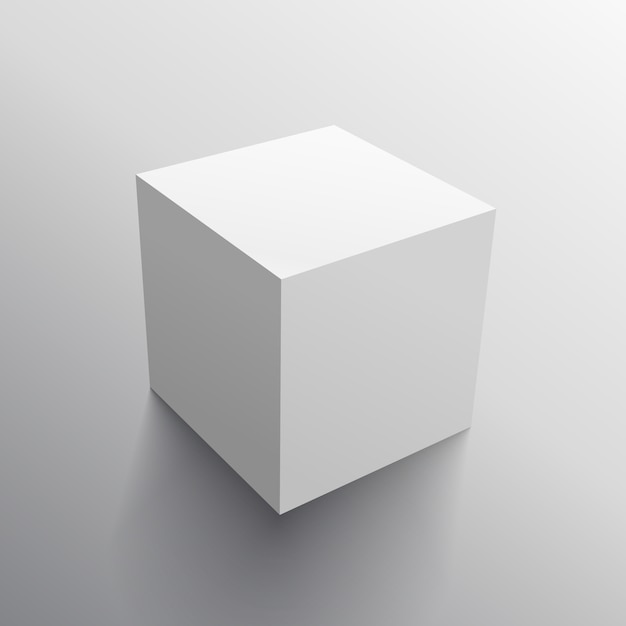In this website, it has a slideshow provided. I prefer you check that out instead of what is written since the writing does not make much sense without diagrams to backup the points. The slideshow shows how drawings used to create prisms are used with 2 point perspective. Once the drawings made by this perspective technique, you can start to label each side in units so that you can calculate surface area and volume.
So to sum up what I just described, 2 point perspective can be used to create prisms that our class used in the unit we just covered, surface area and volume. Obviously, the way this type of perspective drawing is used has math sewn into the process. Not to mention 2 point perspective has lots of uses: for art and math.

